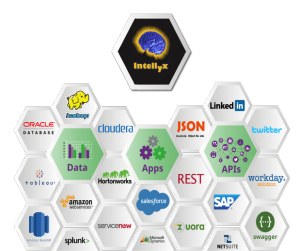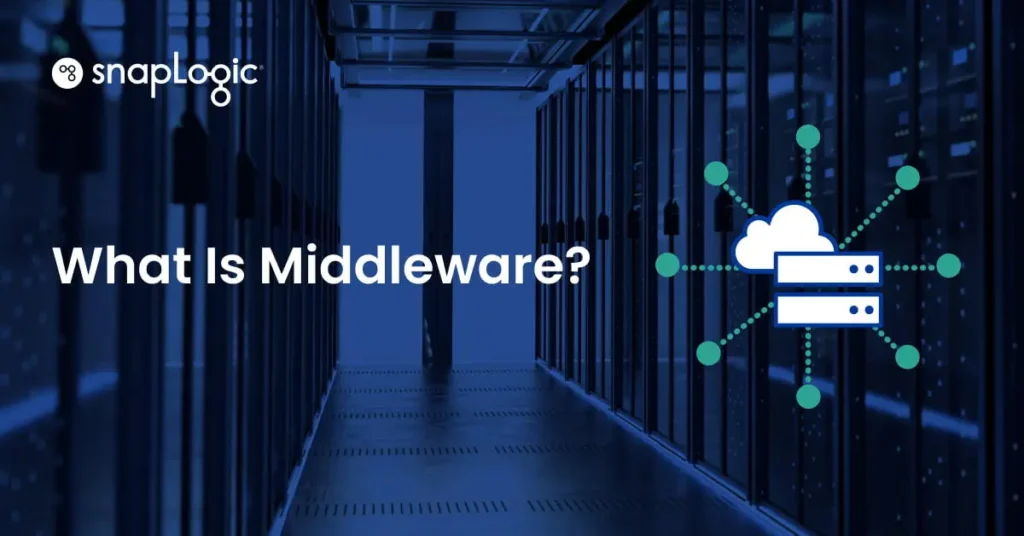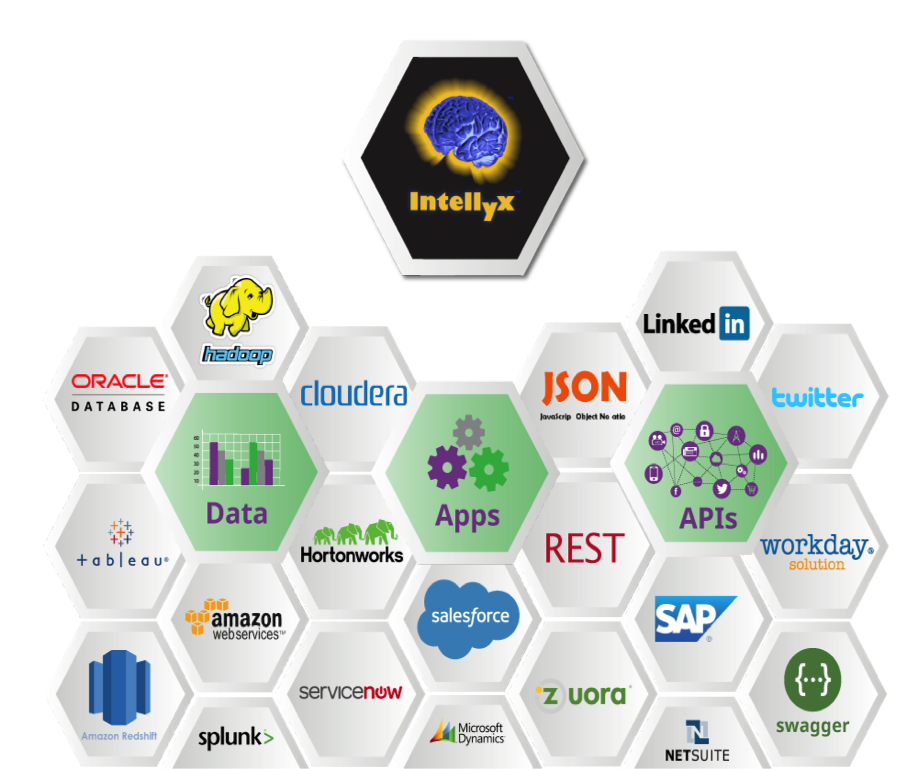 This week Jason Bloomberg, industry expert and author of the book, The Agile Architecture Revolution, delivered a great presentation called: It’s the 21st Century, Why Isn’t Your Data Integration Loosely Coupled? He reviews some of the challenges with traditional middleware connectors including ESB middleware and tight coupling, where any change in the data format or interface requirements for either end of any interaction requires an update of the connector. The result is a very brittle integration environment with too many single points of failure. (See the iPaaS requirement for fluidity in hybrid deployments.)
This week Jason Bloomberg, industry expert and author of the book, The Agile Architecture Revolution, delivered a great presentation called: It’s the 21st Century, Why Isn’t Your Data Integration Loosely Coupled? He reviews some of the challenges with traditional middleware connectors including ESB middleware and tight coupling, where any change in the data format or interface requirements for either end of any interaction requires an update of the connector. The result is a very brittle integration environment with too many single points of failure. (See the iPaaS requirement for fluidity in hybrid deployments.)
Jason goes on to summarize the benefits of loose coupling and review the limitations of Web Services, XML Schemas and rigid, strongly typed data formats. The presentation reviews REST, JSON and what he calls the “schema-less data trap.” He concludes with the following data integration do’s and don’ts:
Do:
- Plan ahead for horizontal scalability and fault tolerance (cloud friendliness), especially as public cloud solutions become the favored platform for organizations.
- Favor document-centric data formats
Don’t:
- Use rigid, centralized middleware
- Rely heavily on fixed schemas
Specifically on the topic of the enterprise service bus (ESB) middleware, Jason has this to say:
 Essentially the ESB is traditional middleware with Web Services added
Essentially the ESB is traditional middleware with Web Services added- The ESB is typically an older, single-point-of failure, hub-based deployment
- The ESB middleware is not “cloud friendly” and not up to the task – not designed to be horizontally scalable and state information is maintained centrally
He has this to say about SnapLogic “design-time introspection” and our Snaps, which he calls, “next-generation connectors”:
- They can gather the metadata automatically so that integration configuration can be performed dynamically
- SnapLogic lets you automate the configuration of the integration so you have greater flexibility as you deal with changing interactions.
- As organizations discover the need to transform from their older legacy ESB middleware solutions, we expect more conversation around best practices, migration, and integration. Though traditional infrastructure such as ESB middleware is also costly to implement, recent advances in Integration Platform-as-a-Service (iPaaS) also extend data and technology capabilities.
You can check out the entire presentation, which also includes a SnapLogic Elastic Integration Platform demonstration by Craig Stewart, here and I’ve embedded the slides below. Be sure to also check out Jason’s review of SnapLogic Snaps: Re-Inventing Intelligent Connectors and our whitepaper: Why Buses Don’t Fly in the Cloud.






